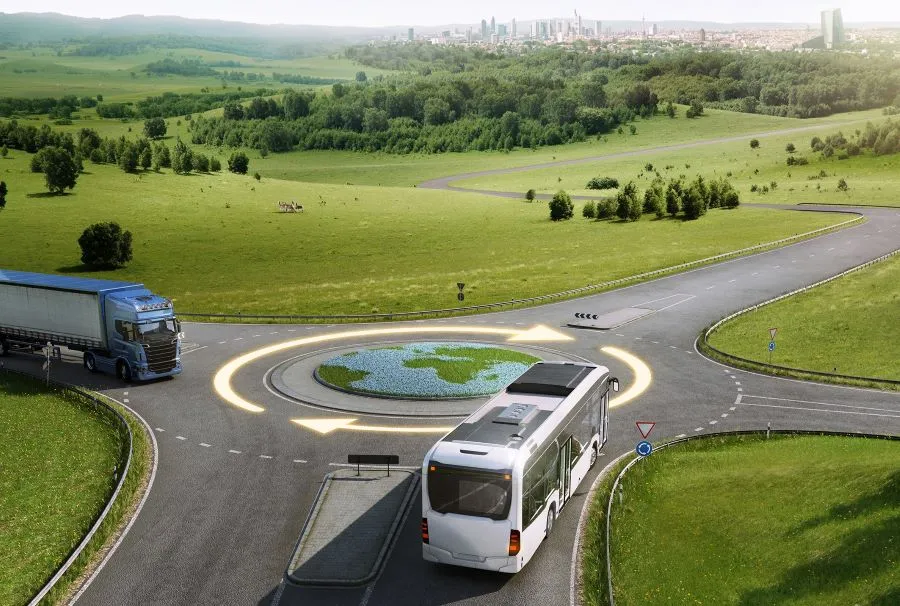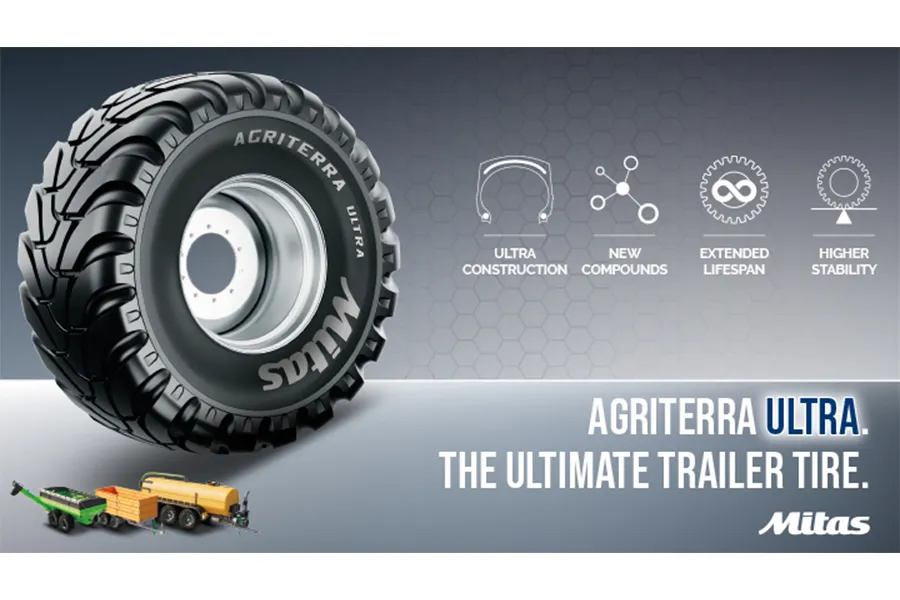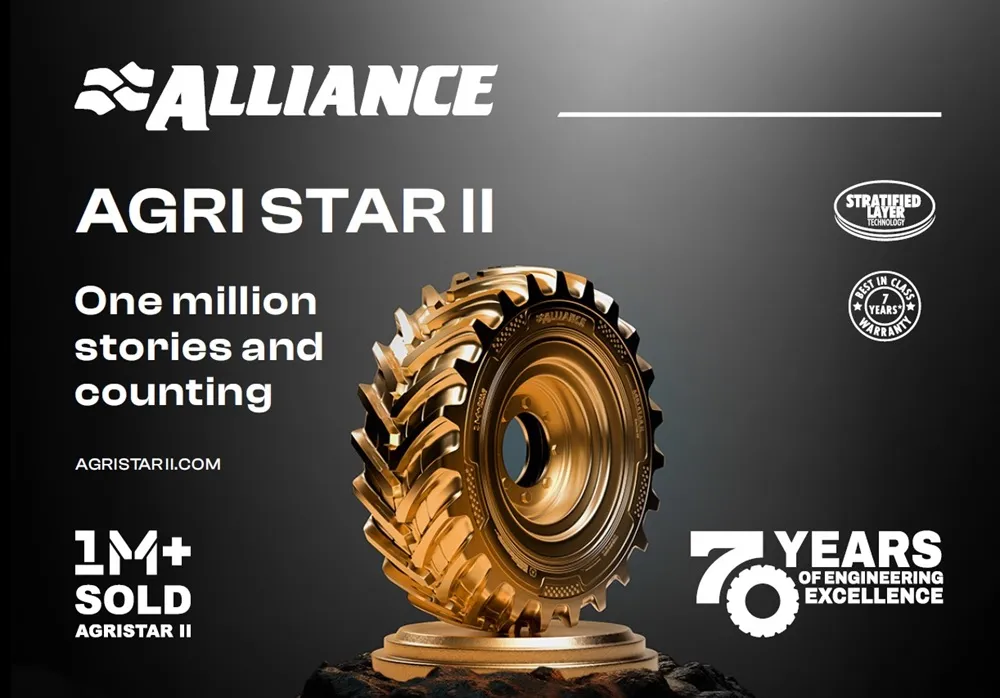Robotics solutions facilitate the transport of goods in logistics and road traffic, which is where Continental will present their range of robot devices at the ITS World Congress Hamburg, which takes places October 11-15.
Continental Plan to Showcase Three Unique AMB Devices in Hamburg
With the world watching Hamburg, the ITS World Congress will be focusing on the future of mobility. With innovative solutions for tomorrow, Continental will be one of the exhibitors for the event. Its pioneering robotics technologies will be on full display as prototypes to show how they will aid humans in various industries.
Continental’s AMR (Autonomous Mobile Robots) vehicles include the Continental Corriere, which is a small delivery robot for transporting food goods or packages in urban areas. The Continental Contadino functions as an agricultural robot that can sow, plant and fertilise autonomously. Continental also has a third robot that was developed and designed for use in intralogistics, i.e. for support in production plants or logistics centres.
Explaining what Continental is offering at the conference, Michael Hülsewies, Senior Vice President and Head of Architecture & Software at Continental explained: “Continental’s presence at the ITS Congress shows that intelligent mobility does not just mean transporting people from A to B. Innovative mobility also means meeting the challenges of higher logistics volumes, implementing sustainable ideas for the transport and distribution of goods, and offering smart solutions that support resource-efficient food production in agriculture. For all these areas, robotics applications are an ideal complement to existing structures.”
What to Expect from Continental’s Range of Robotics
Continental’s Corriere has been created to aid deliveries in urban centres. The delivery robot weighs just under 40 kilogrammes and is around 30 centimetres high. The robot is already undergoing trials in Singapore, where it is tasked with transporting food from a restaurant to Continental’s local base. The trial tests the robot’s essential functions to gather data for analysis during the series production process. Easing the burden on inner-city traffic, the Corriere is expected to be perfect for the ‘last mile’ – that is to say, helping people avoid having to travel by car to buy food, medication or small orders.
The device is totally autonomous in movement and self-sufficient in traffic, due to its technology makeup. Lidar sensors and cameras are utilised for the robot, much in the same way as they are used in certain cars. The device also comes with self-learning technology which helps the Corriere become an intelligent participant in the cityscape, through recognising pedestrians, travel patterns and traffic lights to boot.
Continental will present a central fleet management system that can be used to intelligently operate a swarm of robot vehicles in large-scale operations.
Continental’s agricultural robotics solution for agricultural use is the Contadino, which is larger than the Corriere. With a maximum weight of 100 kilogrammes, it is still much lighter than conventional agricultural machines. Its compact size and low weight are assets for the seeding, planting and fertilisation process, allowing for the soil not to be overworked. Soil compaction is a huge problem in agriculture, so Continental has been designing the vehicle as a ‘personal butler’ in the field.
Thanks to an innovative satellite communication system (Real Time Kinematics Global Networking Satellite System) and networking with weather apps, for example, the autonomous robot can precisely target each plant to within three centimetres. In this way, with data on soil conditions and rainfall, each plant can be fertilised individually and yields increased in a resource-conserving manner. The Contadino, therefore, combines a robotics platform with open software and hardware interfaces for which third parties can also develop individual working modules.
Continental’s third product, its autonomous intralogistics robot works more behind the scenes. Helping the flow of materials in plants, warehouses and logistics centres, the device utilises lidar sensors, 3-D camera systems, intelligent software and an optional ultra-wideband transmitter for precise AMR live tracking in the warehouse.
The device independently executes transport orders and can avoid obstacles. The AMR can also plan alternative routes. Continental originally designed the AMR for their personal use, noticing that it was difficult to move heavy, bulky objects.
Pierre Pomper, head of the Autonomous Mobile Robots segment at Continental explained how the AMR was born. “We developed a customised robotics solution that is now very successfully integrated into everyday production at Continental’s plants for hydraulic brake systems in Slovakia and Changshu near Shanghai in China. This intralogistics solution will also be offered to external customers from next year when it is ready for series production.”








